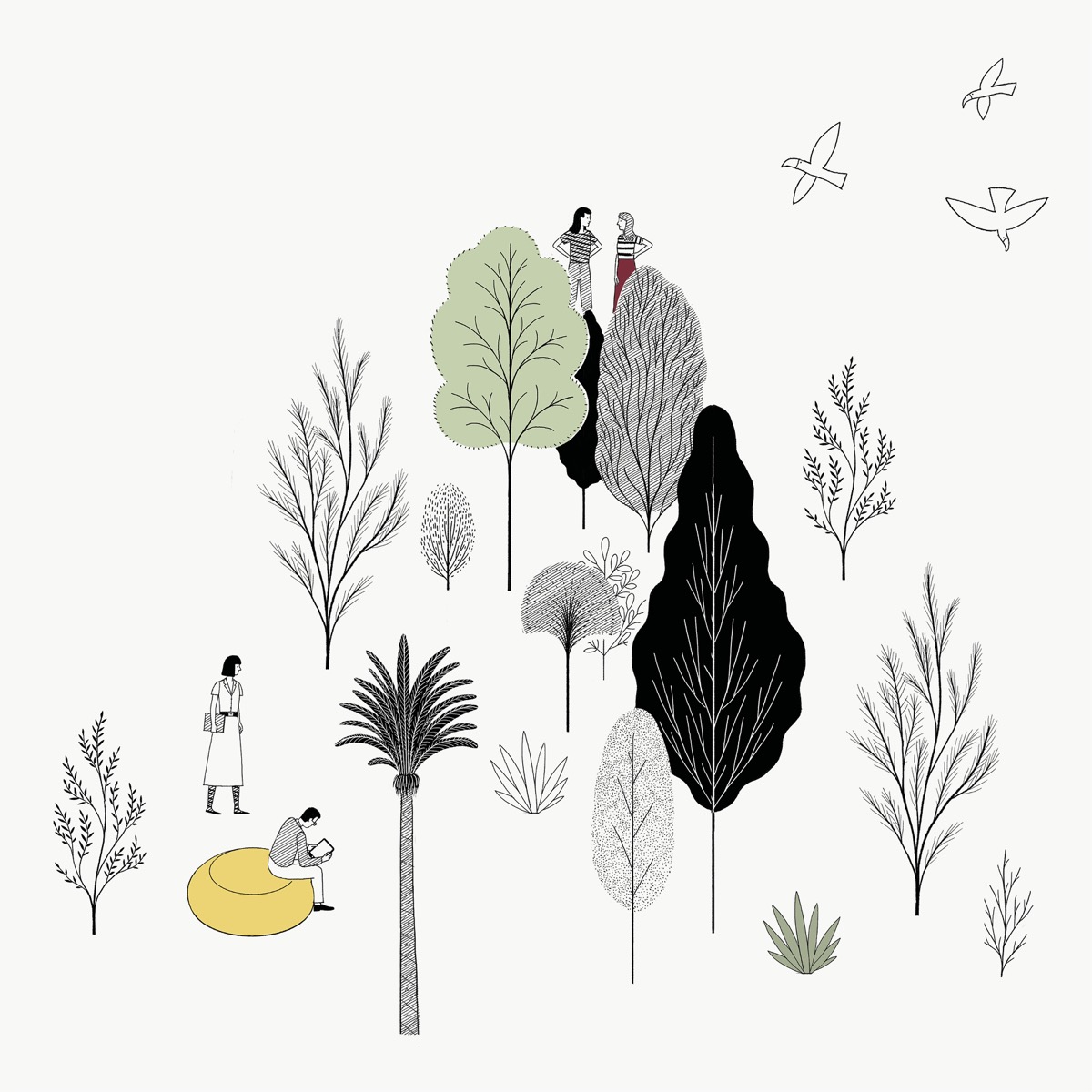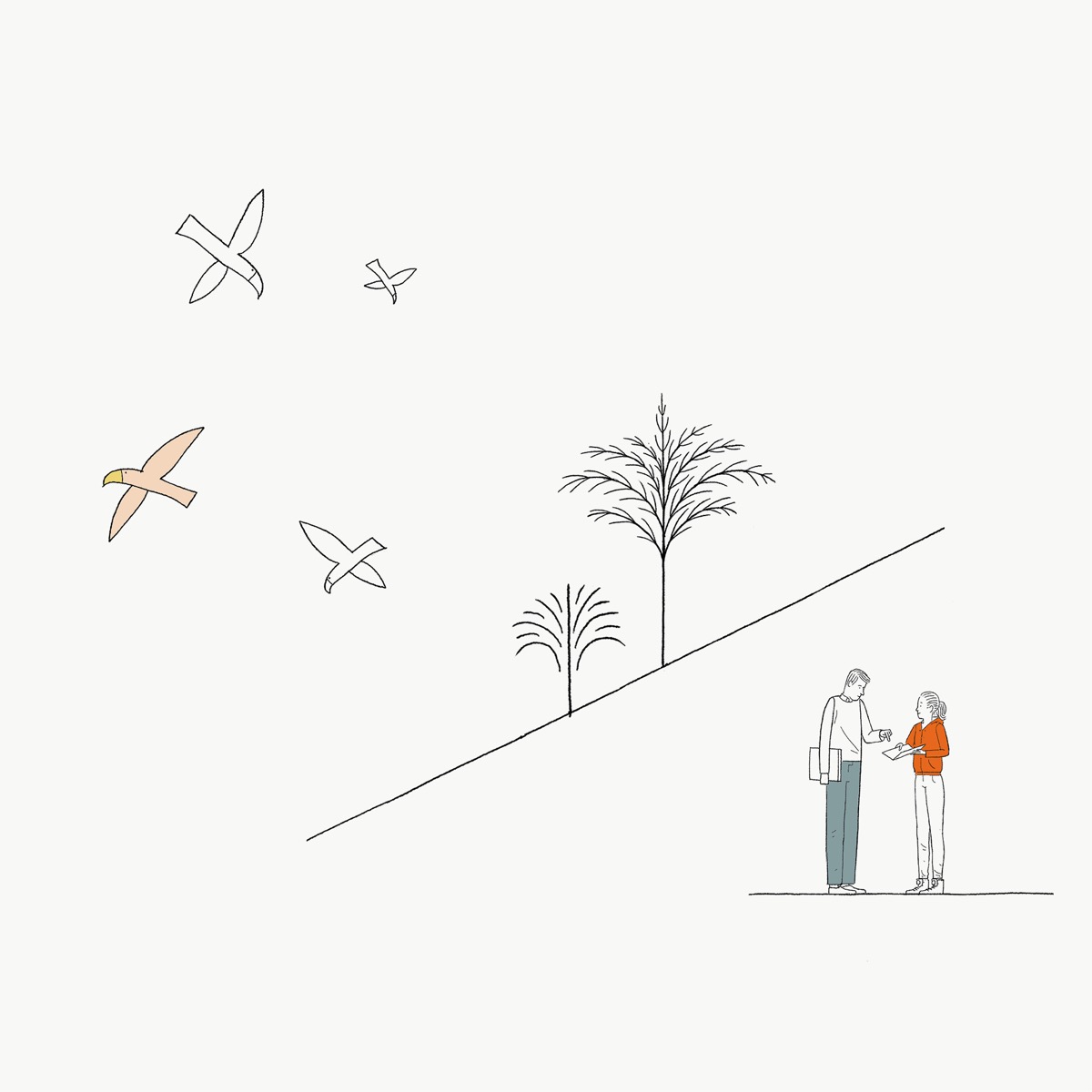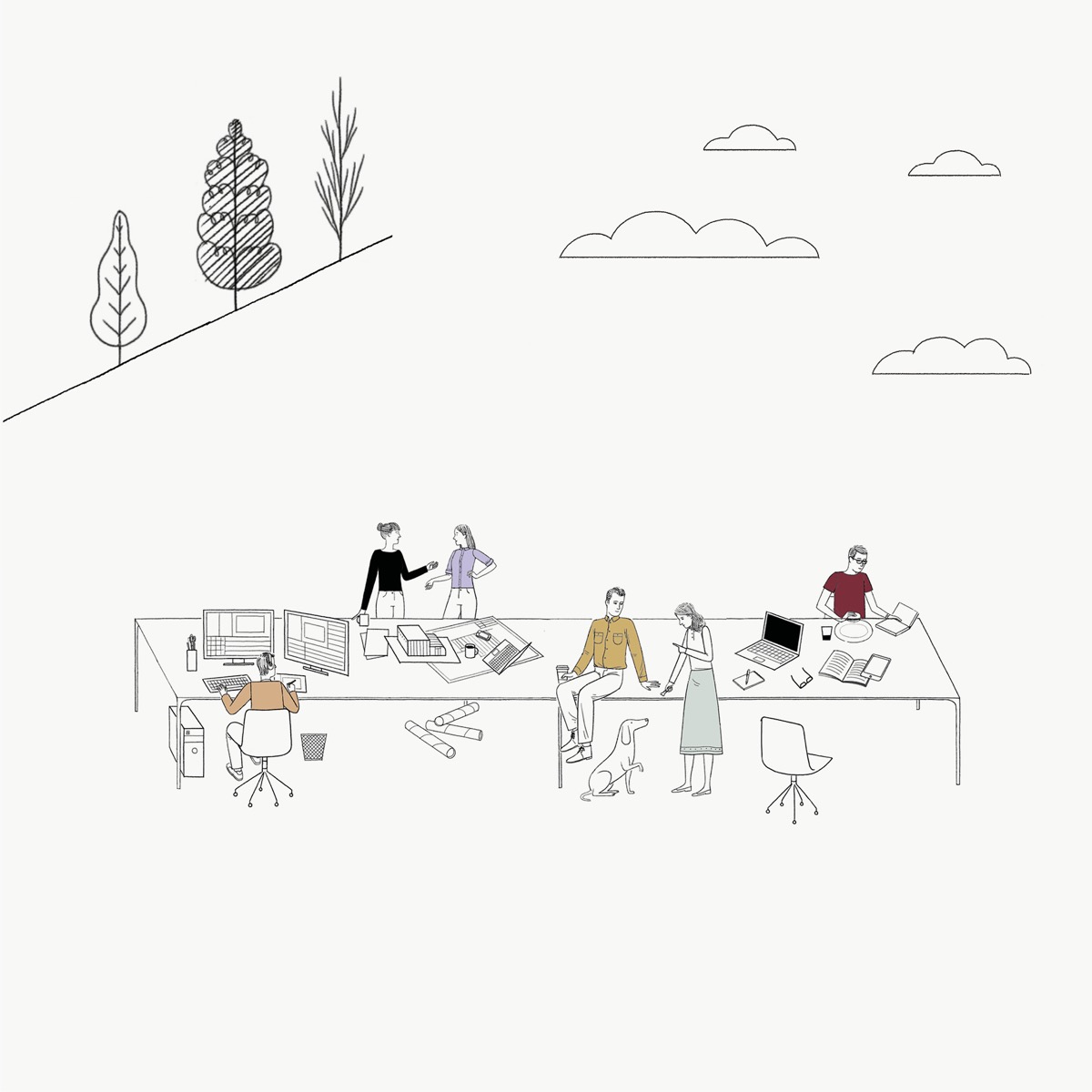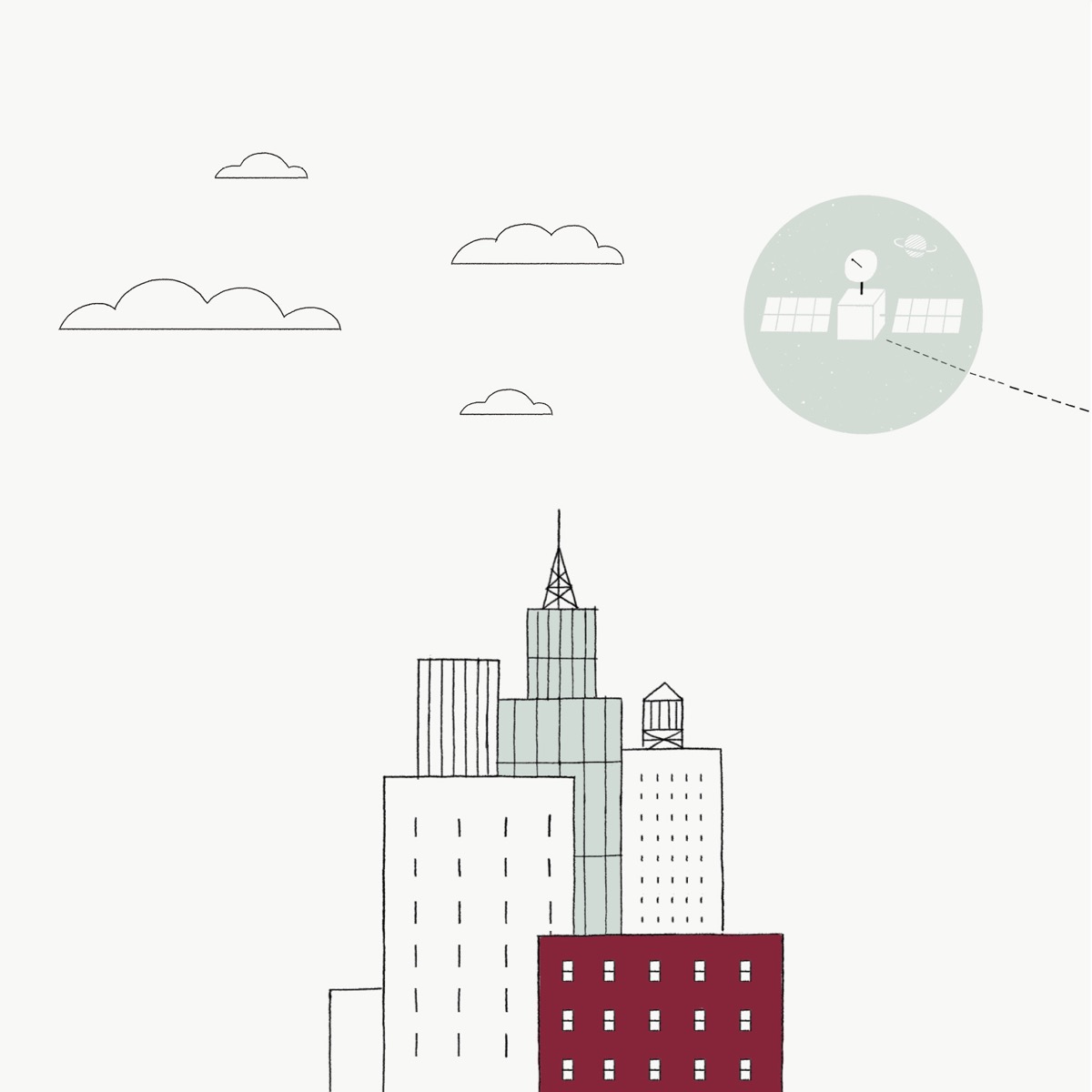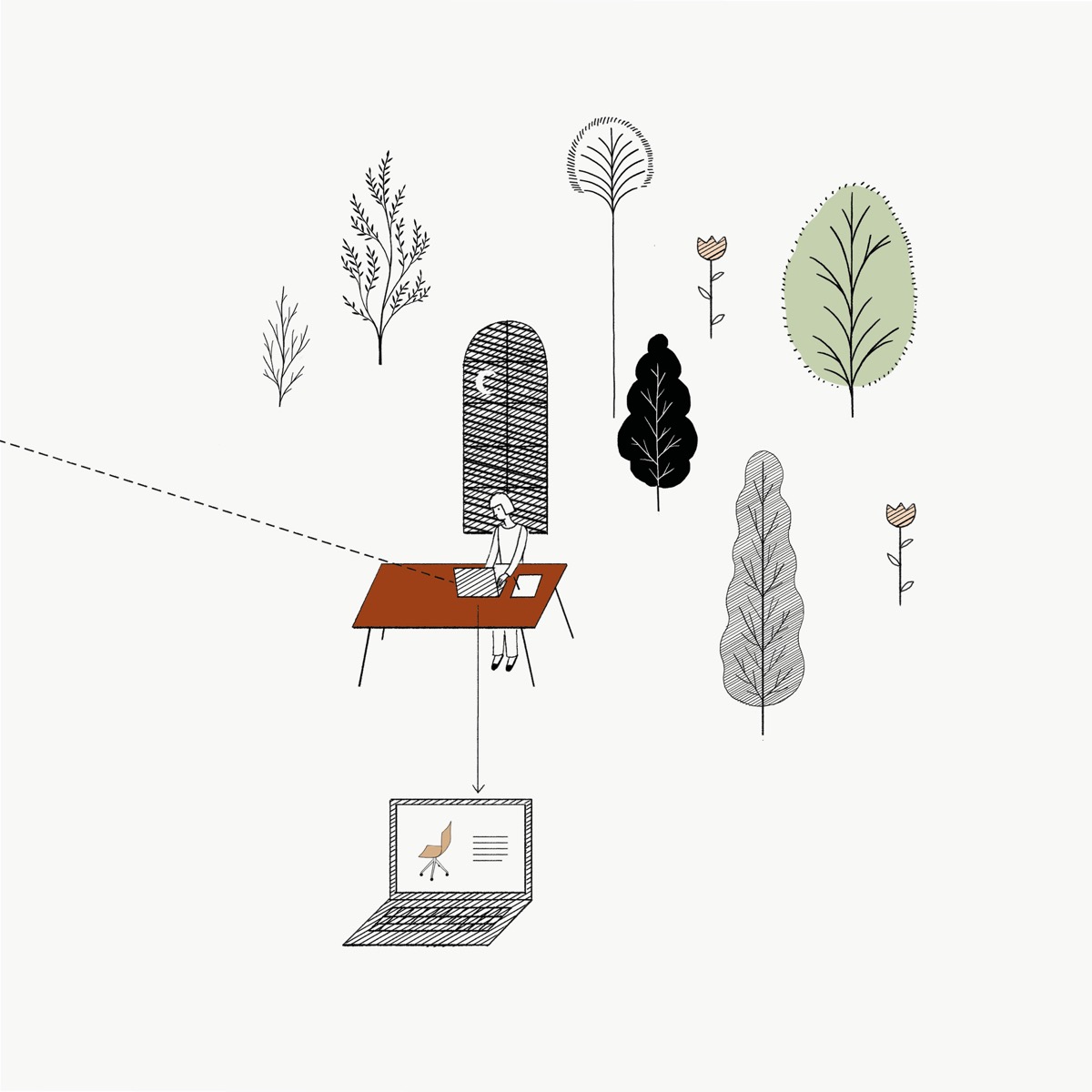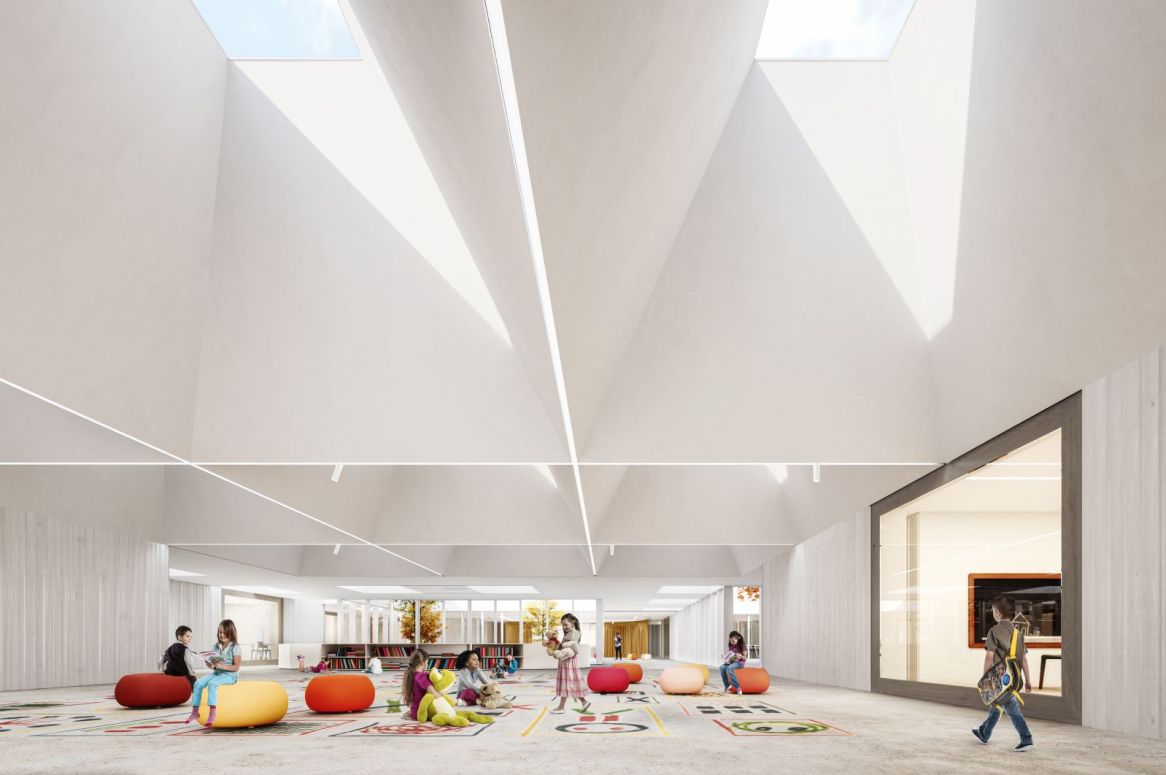
While the office, at least in design hypotheses, has developed new objectives and configurations – from flexible space to meeting rooms of different sizes for various activities, shared workstations to biophilia – the school hasn’t kept pace. What is the lesson to be learned from offices that can be transferred into education facilities? And what models are necessary for spaces closer to the needs of “digital native” students? How can schools interact more with the life of the urban community? We discussed these matters with the architects Rossella Pellegrino (967arch), Stefano Boeri (Stefano Boeri Interiors), Carlo Cappai and Maria Alessandra Segantini (C+S Architects).
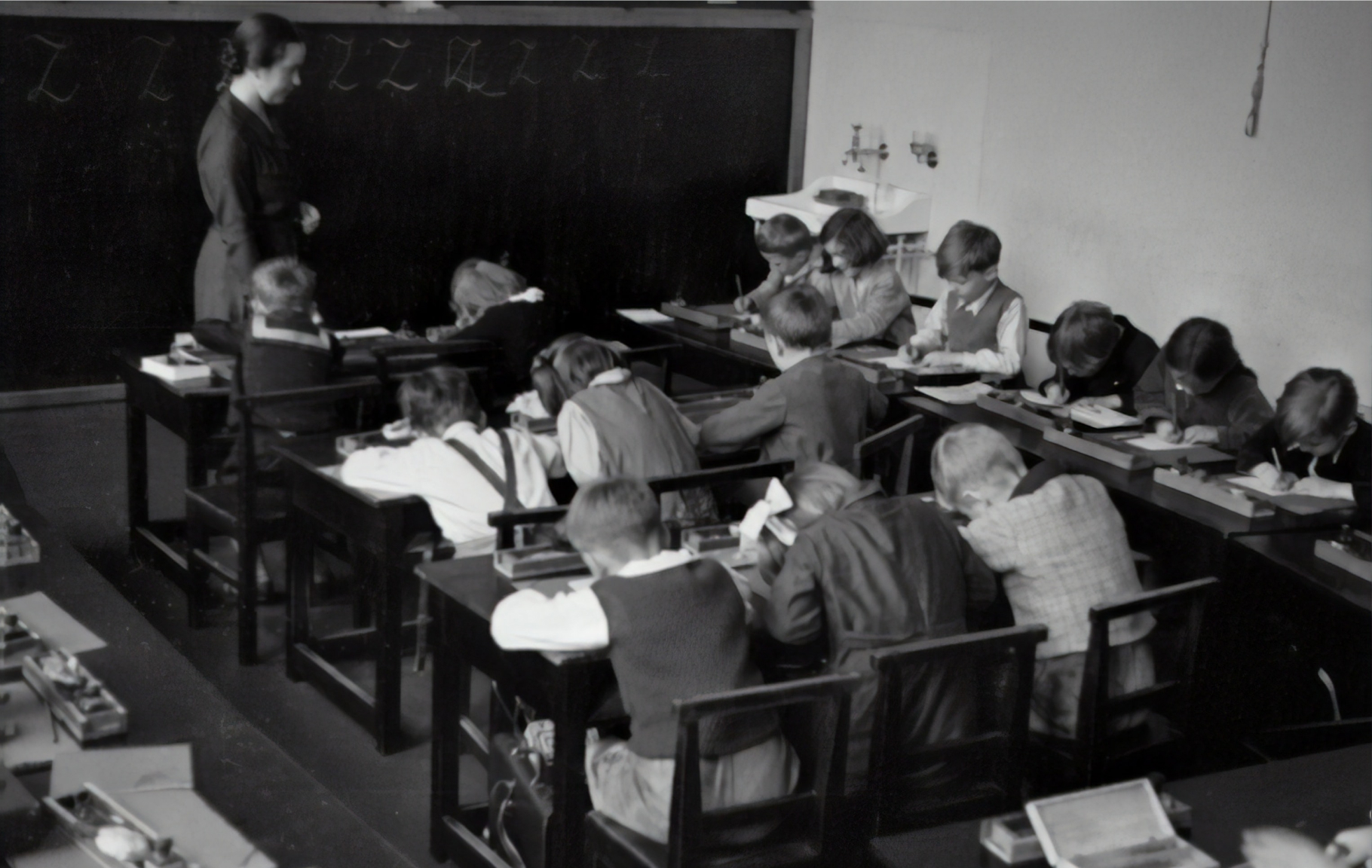

Research on education spaces by 967arch
The studio 967arch based in Milan has conducted research on scholastic spaces, still in progress, which brings out certain fundamental themes and guidelines for the design of these facilities. “The most important lesson to be learned from the evolution of office spaces, to apply to contexts for learning,” says Rossella Pellegrino of 967arch, “is to listen to the needs of the people who live in those spaces. The world of the school, on the other hand, seems unable to find the same evolution of attitudes, remaining connected to rigid, obsolete models. In the evolution of workspaces the creation of the WELL, protocol has been particularly important, a pyramid that identifies 10 parameters – community, mind, materials, sound, thermal comfort, movement, light, nutrition, water and air – as guidelines to offer the right level of comfort in this type of environment. Spaces for education are still offering old fashioned solutions with respect to today’s technologies.”


Considering secondary schools, for example, we can see that their protagonists are young people from Generation Alpha, digital natives who have been hyper-connected since the early years of their lives. Spaces for education are not providing them with the support that is necessary and functional for their learning experiences. “For both the office and the school, 967arch has identified and studied 8 parameters – order, light, color, acoustics, mobility, gathering, technology and convivial contact – to generate a pyramid capable of structuring guidelines for effective design of scholastic spaces. We have analyzed each theme through scientific studies and research that allow us to arrive at concrete design proposals. The goal of the research is not to outline a single model that can be repeated for all classrooms, but to encourage the design of differentiated spaces that focus on the environmental comfort and psycho-physical wellbeing of students and teachers.”
[also see “Suggestions for happier spaces”]
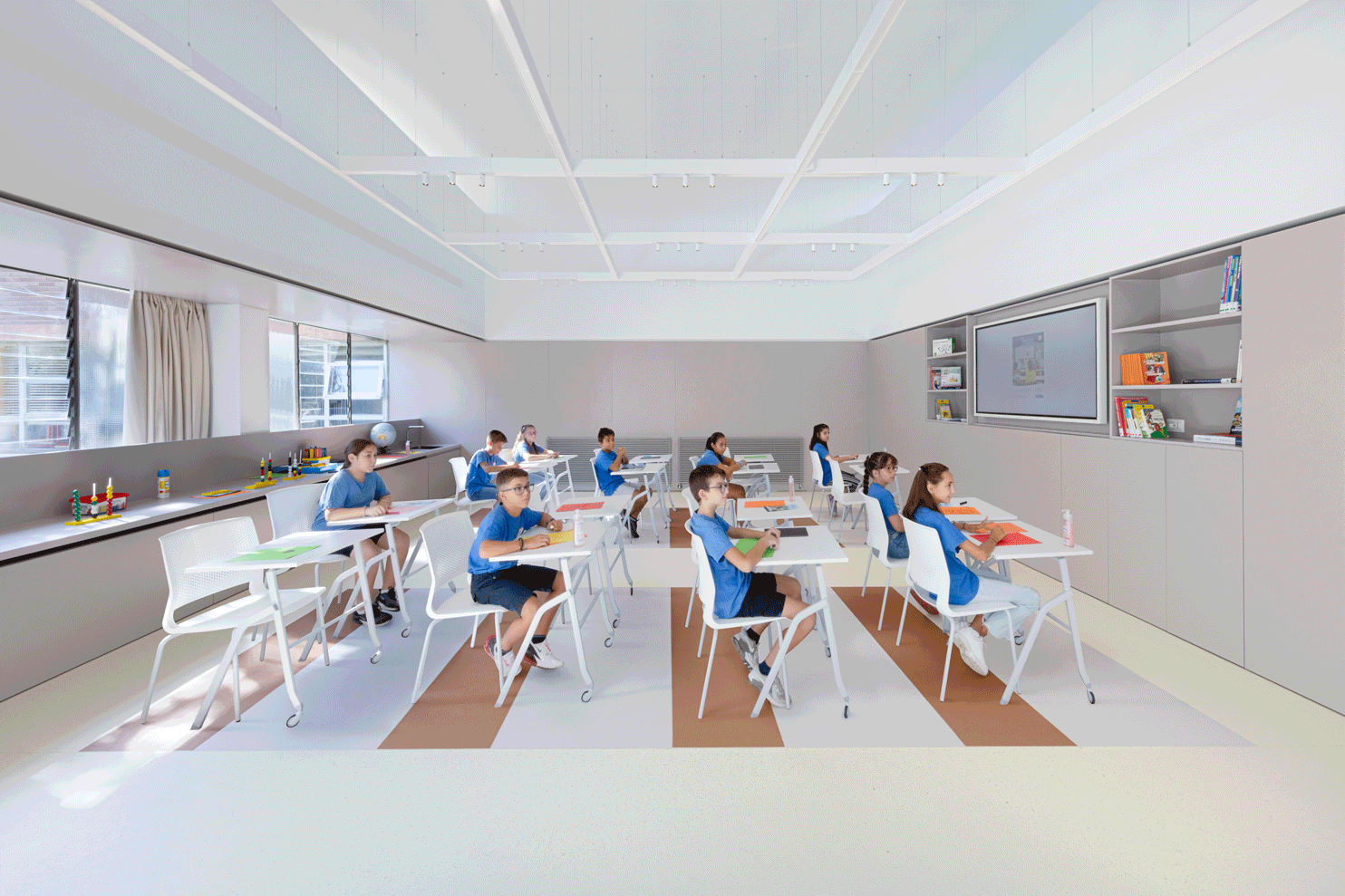

The pilot project of the Collodi primary school of Istituto Barozzi Beltrami in Rozzano (Milan), by Stefano Boeri Interiors
An innovative, multifunctional scholastic space, open to multiple uses in different time slots, with a central focus on strict standards of hygiene and alternative teaching methods. These are the objectives of the pilot project for the Collodi primary school of Istituto Barozzi Beltrami in Rozzano, designed by Stefano Boeri Interiors in collaboration with Napisan. “Our challenge,” says Stefano Boeri, “consists in thinking about models of education and its spaces that will permit experimentation in a variegated spectrum of teaching formats, while opening the school to different activities, also outside the usual hours. Light, colors, technology and furnishings are the protagonists of this new way of thinking about learning: flexible spaces that change and adapt to all needs, also becoming music rooms, crafts workshop and dance schools when necessary, altered during the course of the day. A free, open school, at the service of social contact and the community as a whole. We have designed an iridescent classroom in terms of furnishings and composition, easily modified in real time by its users (students and teachers. A multifunctional classroom that represents the condition for true openness of Italian schools to urban communities, and to transform them into centers of socializing and creativity.”
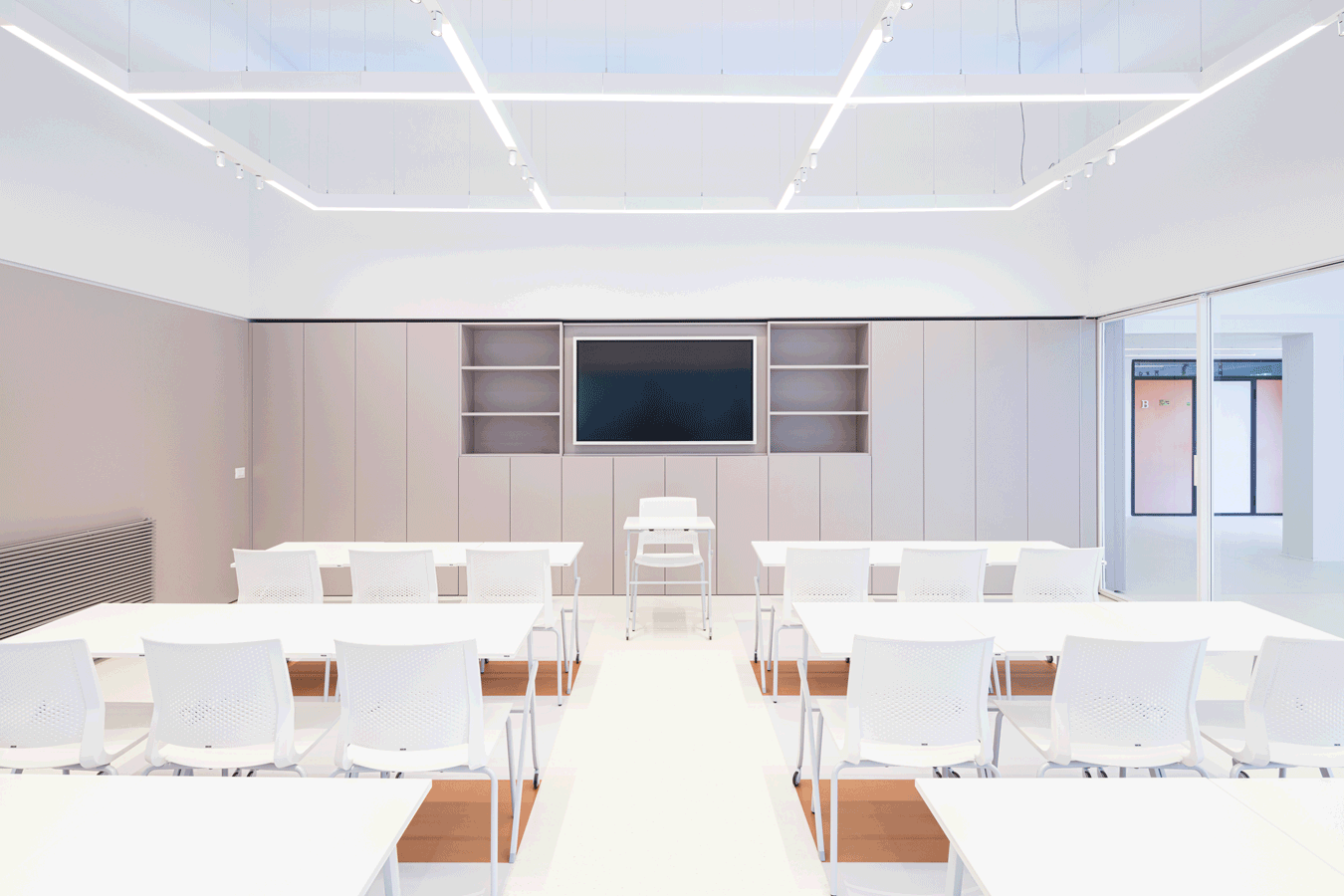

The classroom of the future in Rozzano calls for flexible and modular spaces, with mobile partitions that permit variation of the setup, open areas set aside for co-design and integrated with the rest of the school, furnishings developed to engage students and to stimulate their senses. Every surface makes a contribution to functional efficiency and flexibility: the floor assists students and teachers in the configuration of the desired space, creating layouts case by case for specific moments of the school day: work in small groups, lectures or informal learning sessions. The classroom is also equipped with advanced technological systems organized to improve the quality of remote learning, while bringing hygienic quality to the facilities themselves. Devices for air purification and research on washable antibacterial material are also crucial aspects.
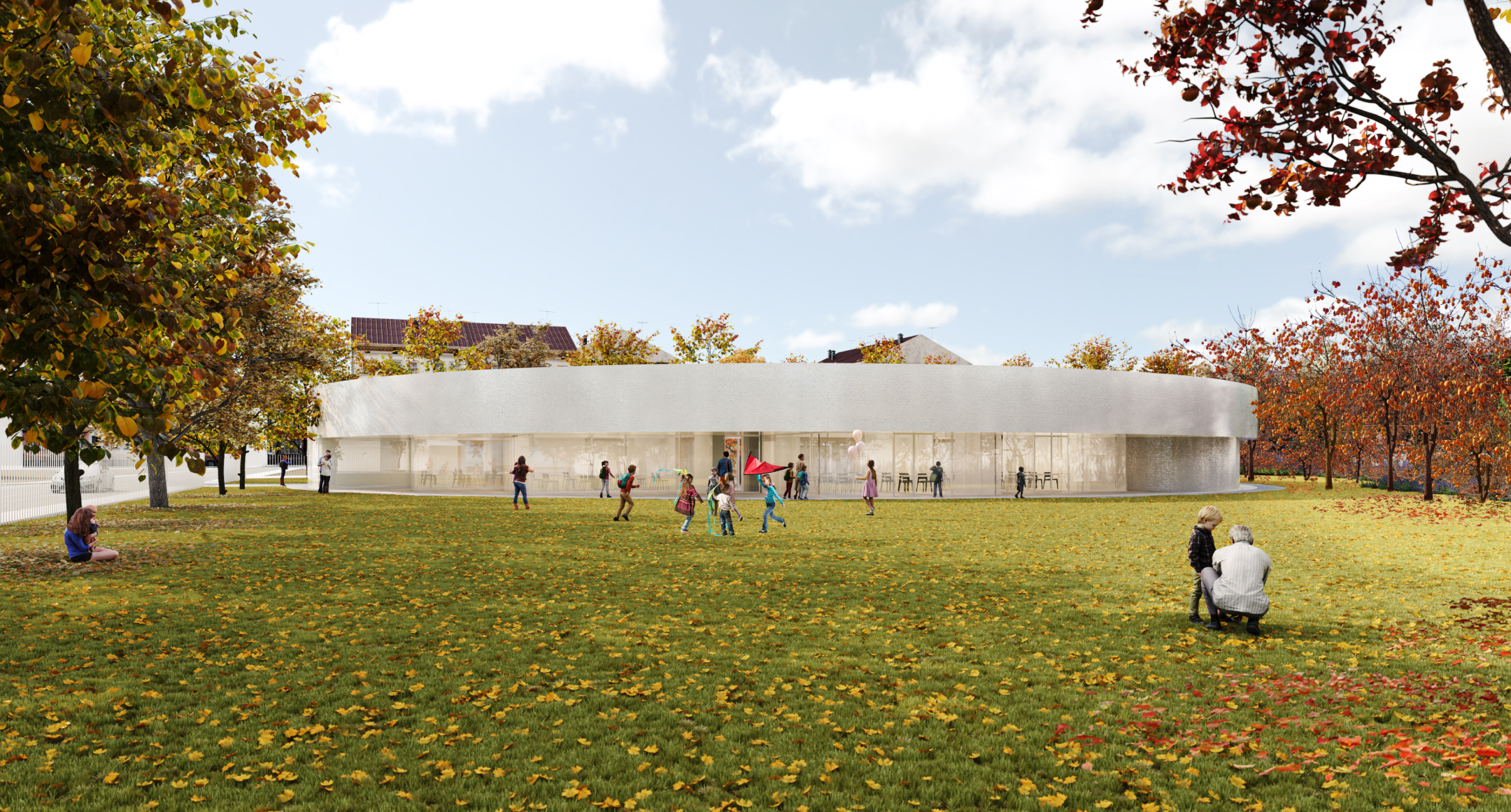

The Rodari primary school at Conegliano, C+S Architects
The design of education spaces refers back to regulations enacted in 1975. Over the last 20 years, the studio C+S Architects has developed models to challenge the current typology based on a central corridor with classrooms at the sides. The firm proposes models in which the classroom remains as a given, while the other spaces are interpreted in a more creative way, to meet new requirements of flexibility, transformation and times of use. The research team of C+S has investigated the relationship between space and pedagogy: the value of mutual sight lines between rooms, the tactile and material dimension, and lighting as a factor in the teaching/learning experience; the relationship between spaces for specific uses and those for collective use; utilization of the school building as a facility for the community, outside the usual opening hours. In 2007 an initial prototype was formulated, the primary school of Ponzano Veneto, which has become the model with which to trace the new guidelines of MIUR (the Ministry of Education), with which Italian school buildings should be designed.
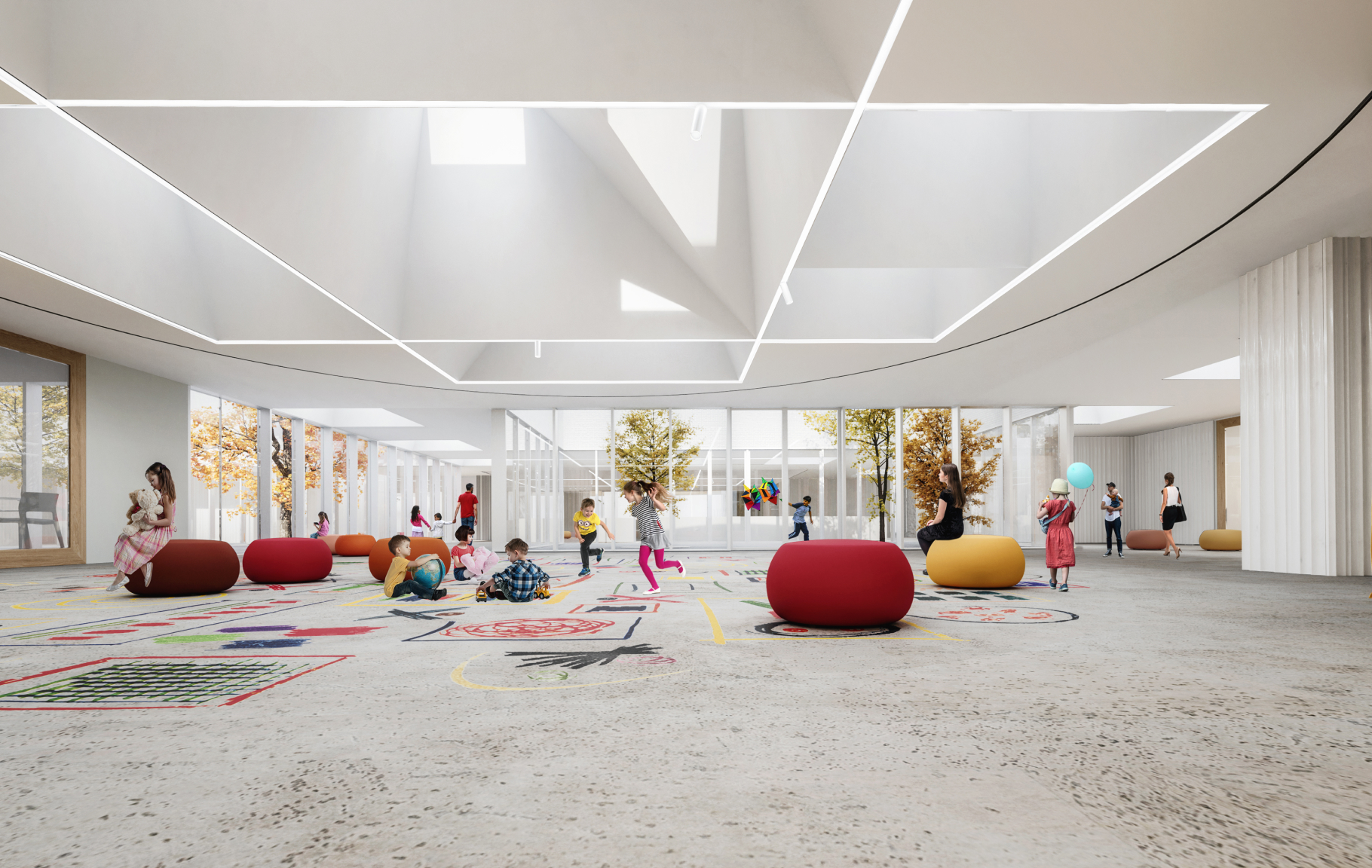

The project for the Rodari primary school in Conegliano, to be built prior to the end of 2023, sets out to maximize community spaces, with the aim of offering experiences that are alternatives to traditional teaching, while triggering connections between classrooms, gardens and collective spaces thanks to large windows. The school shifts from being a territory of hierarchic layout to a new arrangement of fluid space. “The school in Conegliano removes walls and becomes the symbol of a multiethnic, multicultural community,” Carlo Cappai and Maria Alessandra Segantini explain. “We have created the building by imagining how it will be utilized by the whole community, in different time frames. A large cultural center, transparent and open, that stimulates curiosity and exchange of experiences. From the outside, the school’s image is that of a pavilion in the park. The façade is simple: a suspended volume clad in white glass mosaic tile – a recyclable and very durable material. Emphasizing livability, wellbeing and social interaction for the students, the new structure will offer them large multifunctional spaces, indoors and outdoors, which besides ensuring comfort during scholastic activities will also provide space for creativity. The physical plant systems, technology and careful selection of materials guarantee reduced energy consumption in the new structure. We have also thought about new informal furnishings: soft seats, ottomans, rugs, stools, trolleys, scattered through the spaces to stimulate new approaches to teaching and learning.”
